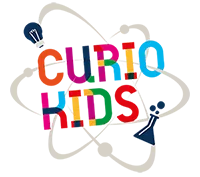
Using the properties of light to create illusions is a lot of fun. Have you ever noticed how images appear differently through a glass of water? This phenomenon is related to the refractive properties of light, an ability to change direction when it passes through another medium.


You will need:
- Some sand
- A clear long drink glass
- A drawing of your choice
- Adhesive paper
- A carafe of water
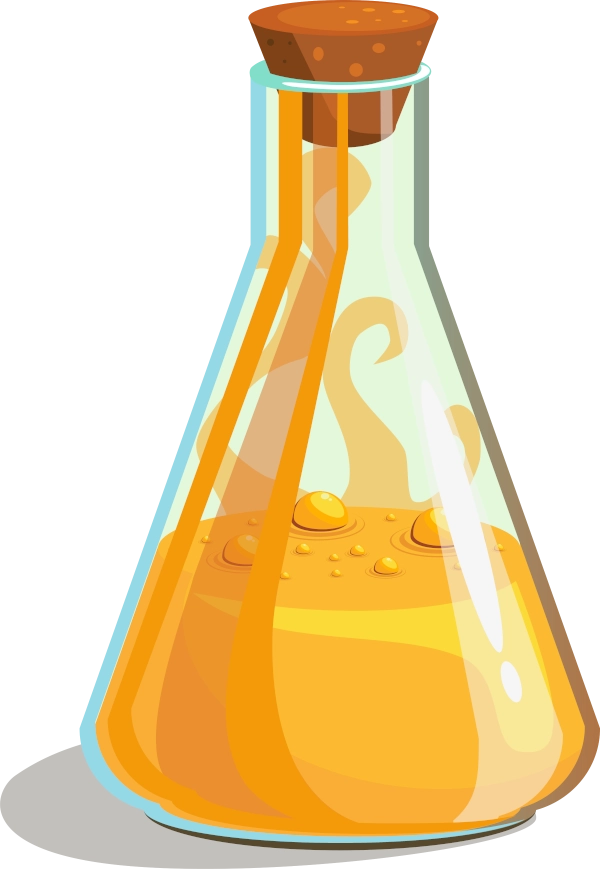
From 4 years old

Difficulty : easy

Let's experiment
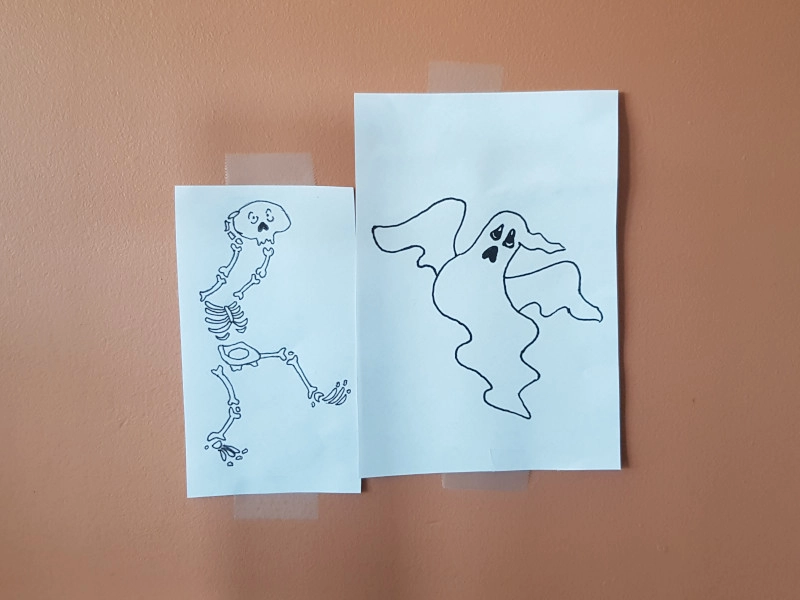
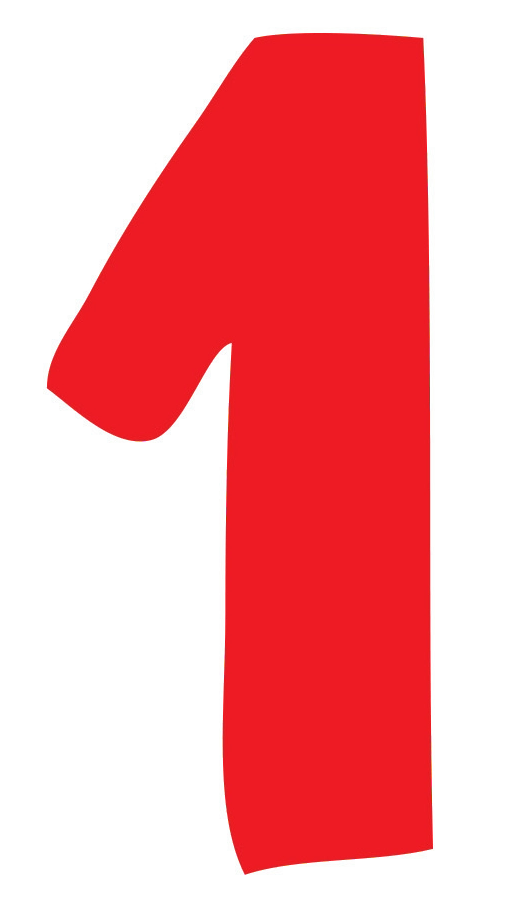
Pin your drawing to the wall. It should not be more than 2 in wide
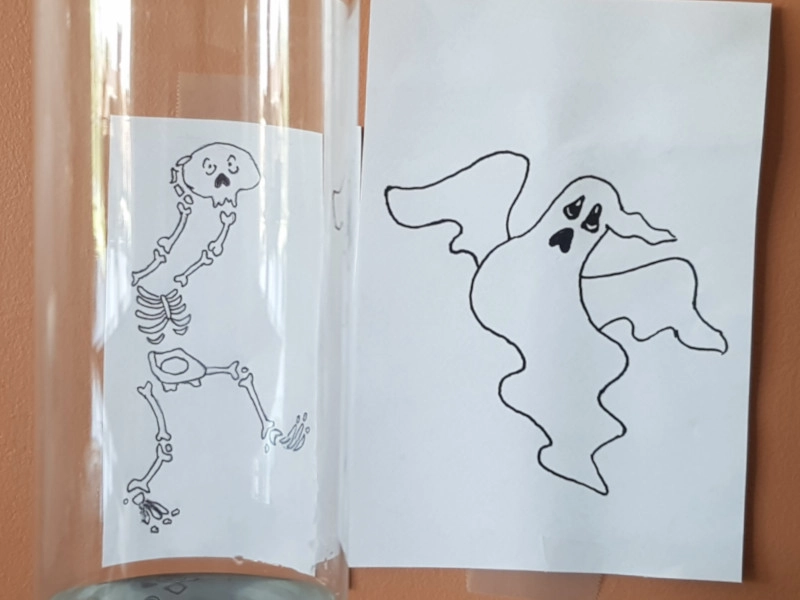

In front of your drawing, place your empty glass at a distance of 4 in.
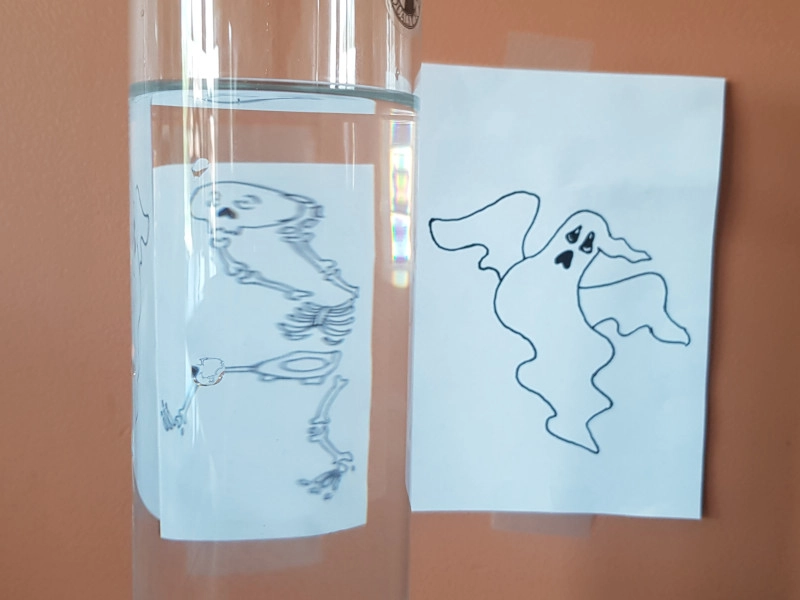

Now look at your drawing through the glass and fill it with water until the level is higher than your drawing. What do you observe?
Understand the experiment
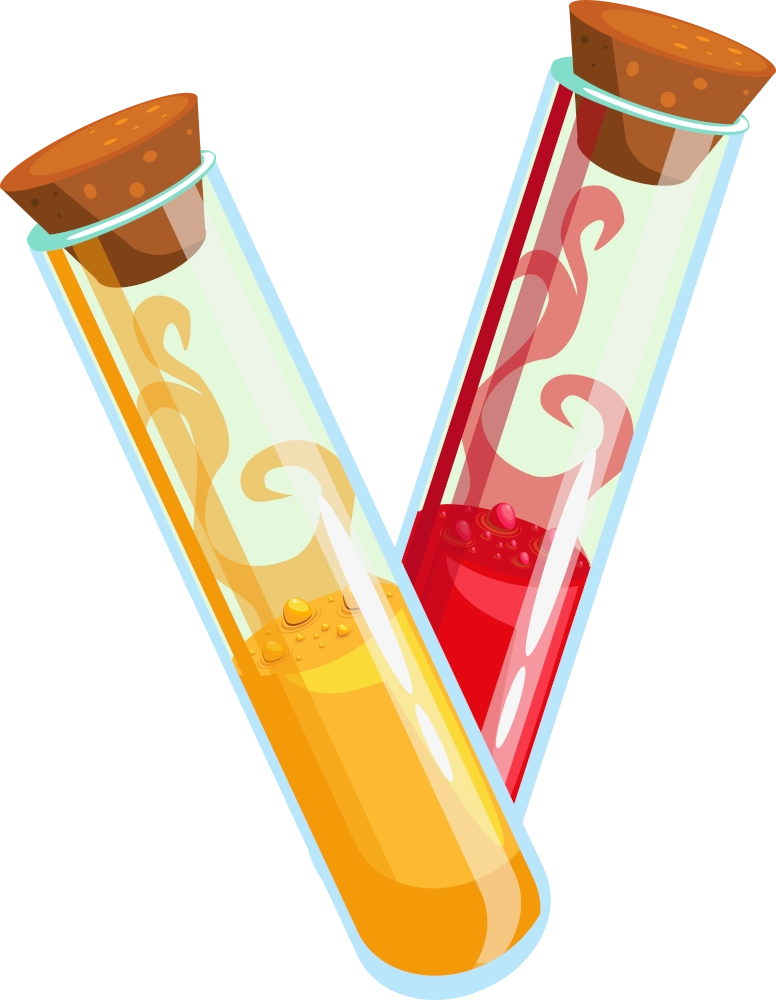
The light is bowing
Magic? No, it’s optics.
You know that light travels through air as well as through water. But if the water is transparent, it’s also much denser. The molecules are much closer together than in air.
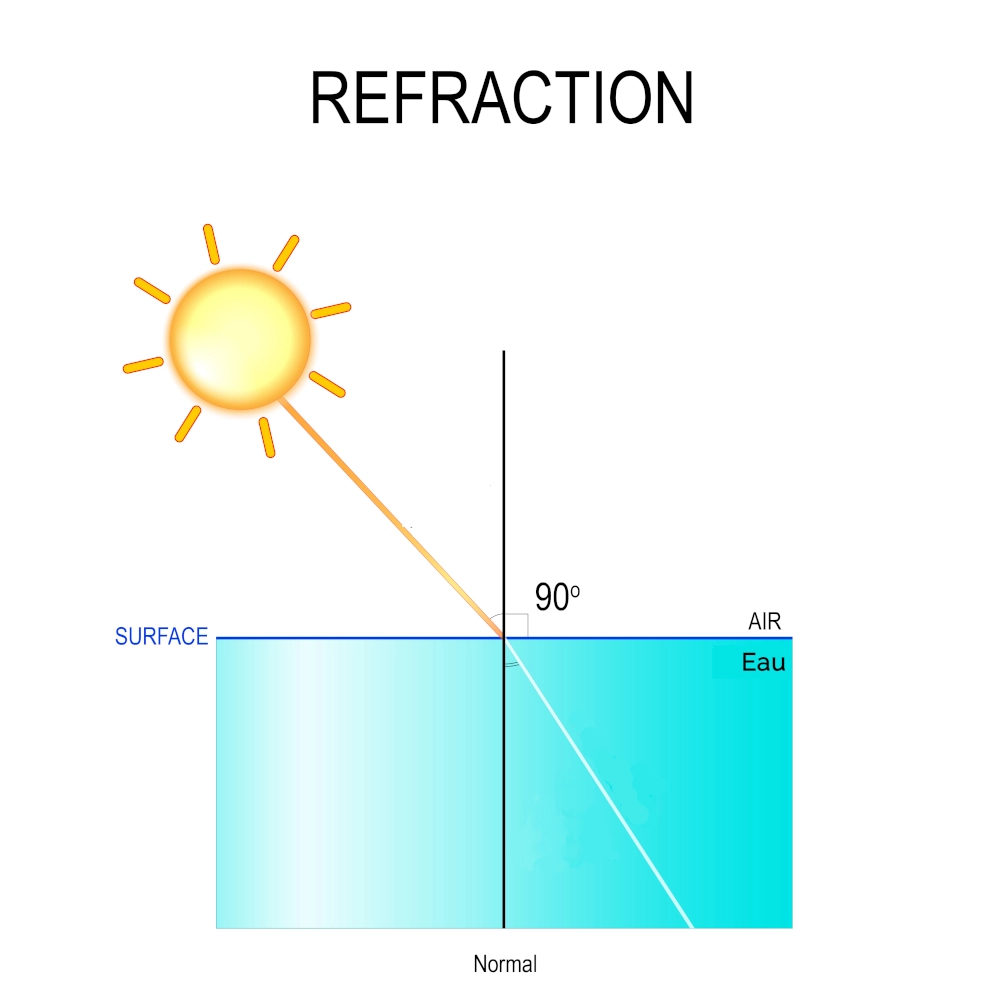
As a result, when light passes from air to the aqueous medium, it changes direction. This is called light refraction.
When the light has to travel through a cylindrical glass, it bends to enter the glass of water, and bends again when it leaves the glass of water.
Depending on the distance between the drawing and your glass, your image can turn completely around the vertical axis.
Did you know?
By exploiting the refractive properties of light, scientists have been able to create contact lenses to relocate light to the retina of people with impaired vision.
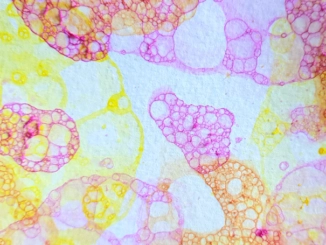
Soap bubbles to make invitation cards
Soap is a lot more fun than you can imagine. Use its exceptional power to create multicolor and original invitation cards by taking advantage of the science behind tensioactive properties! […]
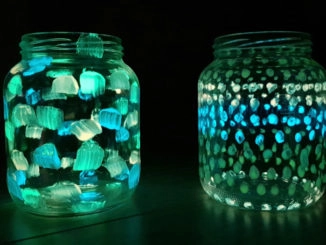
Make your phosphorescent lantern
If you are not lucky enough to observe fireflies at home, at nightfall, create this illusion yourself, by making phosphorescent lanterns. […]
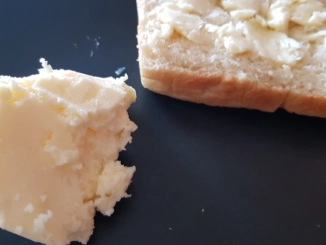
Abracadabra, I transform the cream into butter
Butter is obtained from cow’s milk. But did you know that you can prepare your […]
